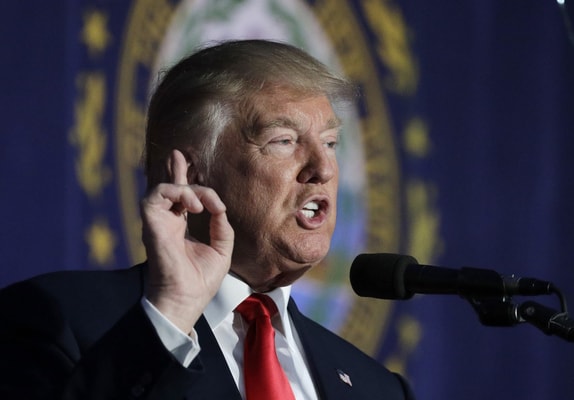
This is only my opinion, and not the representation of Saintel Daily, LLC.
The Democrats have been calling for impeachment proceedings against President Donald Trump for a while now. But they recently filed the actual paperwork. As I mentioned in another post, this process has begun already. But if you’re not a Trump supporter, this information might not please you all that much. That being said, I think it’s important for everyone to know what the process looks like.
An impeachment proceeding is the formal process by which a sitting president may be accused of some kind of wrongdoing. The articles of impeachment are the list of charges drafted against the president. The vice president and all civil officers of the U.S can also face impeachment. The process begins in the U.S. House of Representatives, where any member of the House may make a suggestion to start an impeachment proceeding. It’s up to the speaker of the House (who is also the leader of the majority party) to determine whether or not to proceed with an inquiry into the alleged wrongdoing.
Which is the position where the current impeachment proceedings are. Waiting for a determination from the speaker of the House on whether they will proceed with an Inquiry. If there is a decision to proceed, the speaker would decide if the House Judiciary Committee handles the impeachment inquiry, or if a separate special committee needs to be formed. The special committee would then have the power to broaden the focus of the inquiry or investigation.
If the speaker decides that the House Judiciary Committee needs to investigate, there is no time limit on their investigation and usually, a public hearing would be scheduled at the discretion of the committee chair in order to vote on the articles of impeachment. A majority of the members of the committee would have to vote in favor of approving an article (or articles) in order to proceed to a vote by the full House. The House Judiciary Committee currently consists of 17 Democrats and 24 Republicans. Which means 21 votes are necessary.
Each article of impeachment that is passed would then need to be voted on by the full House of Representatives. If any of those articles get a simple majority vote (which is 50 plus 1) then the House will have impeached the president.
What does this mean for a sitting president? Sometimes nothing. A president can continue governing even after they have been impeached by the House of Representatives. In the Bill Clinton case, he remained as president for another year. During that time he was acquitted in a Senate impeachment trial. Which is to say that legally this had no impact, but he will always be remembered for what happened. And in this case, that’s not really a good thing.

How does the Senate factor into this? The Senate gets involved with the impeachment trial when there is a higher threshold that must be read in order for an impeachment to go forward. What that means is that a higher percentage of the body has to vote in favor of a conviction. In the Senate, a two-thirds majority is required – or 67%. If the Senate fails to convict, the president will have been impeached, but not necessarily removed. Which is what happened with both Bill Clinton and Andrew Johnson.
According to the Constitution, at least two-thirds of the Senate have to concur to convict and remove the president from office. Once the president is removed, the vice president typically succeeds him or the normal course of the line of succession will be followed.
The interesting thing about any impeachment is that no U.S. president has ever been forced out of office. And only three presidents have ever been impeached or who have even come close – Bill Clinton, Andrew Johnson and Richard Nixon. I say this is interesting because an impeachment, in this case, might not amount to much. Even if it makes it that far. Which makes you wonder how effective this whole system and process is?
https://youtu.be/2zB3rwm2CD8
Further to that point, in order for articles of impeachment to be issued the president must be guilty of one of the following things: treason, bribery, or “other high crimes and misdemeanors”. Apparently, the vagueness of the third reason has caused some problems in the past. In the Clinton case, there was a question about whether or not a lie was considered a “high” crime.
This is certainly a highly interesting time in American politics. Regardless of what happens, I think we should all pay close attention to what comes out. I mean, a lot of what Trump is being accused of is out for public consumption now, but perhaps additional things will come out that we didn’t know about. Or hadn’t considered. Again, no matter how this plays out, it’s surely going to be interesting and maybe even entertaining.



